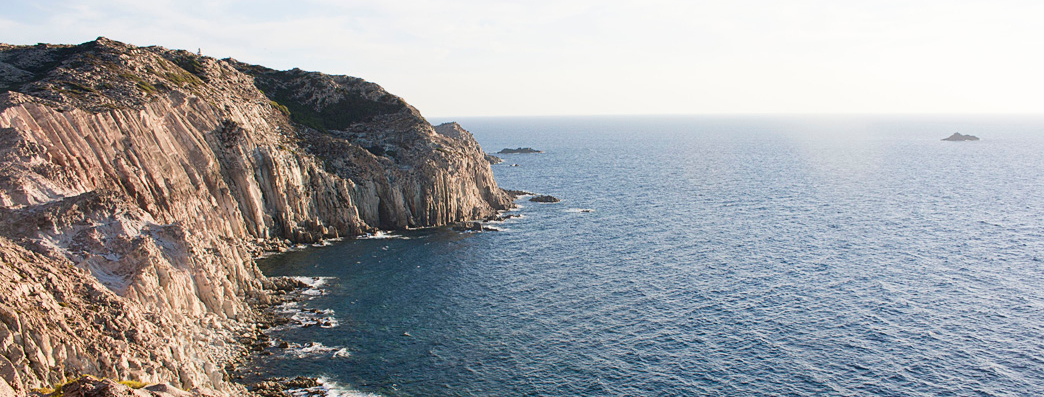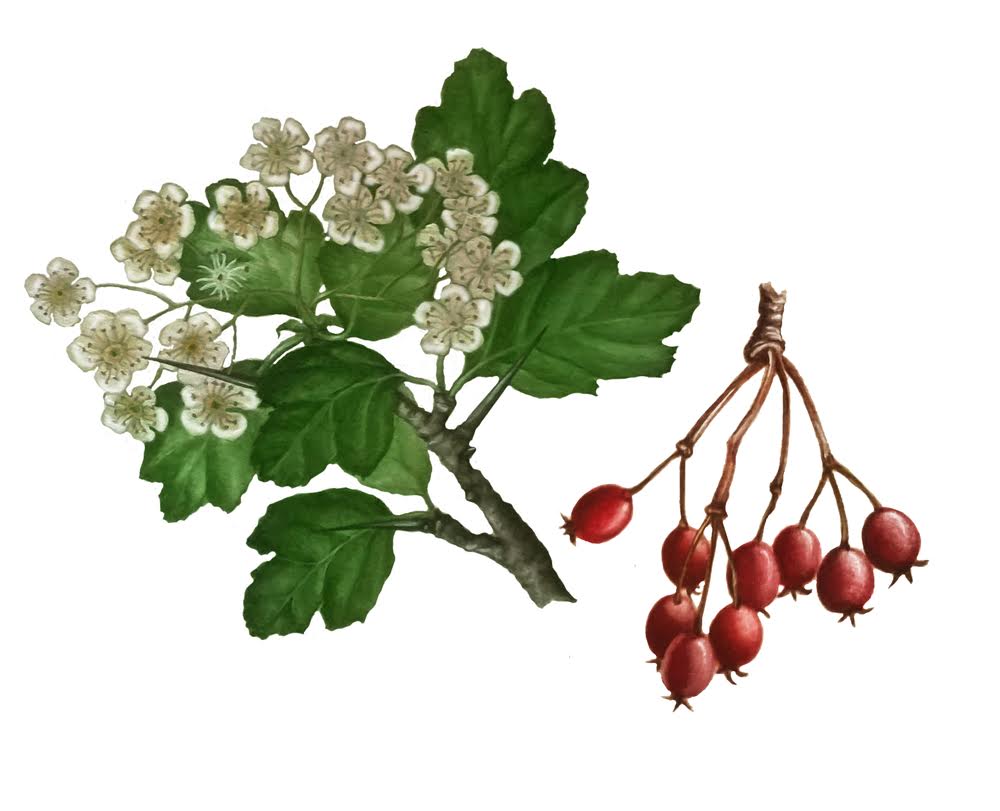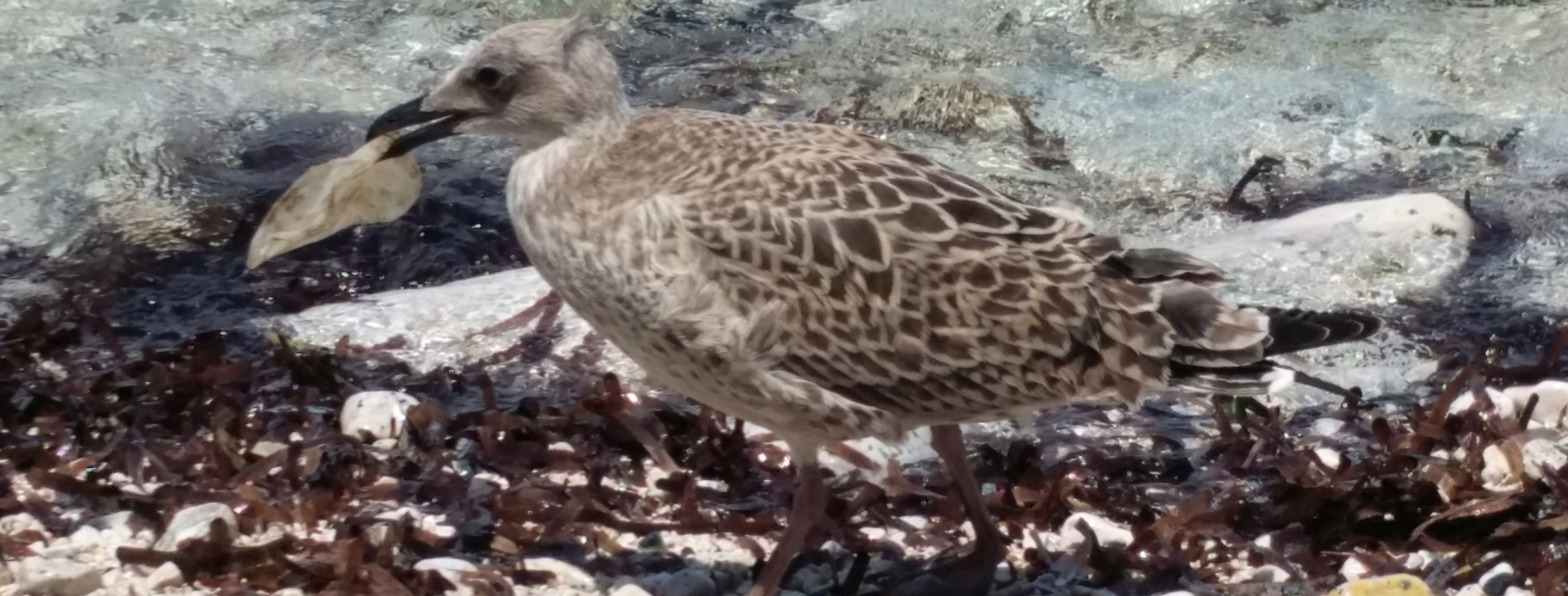The “Operazione Foca monaca” project has been designed to give everybody the chance of being the protagonists of the many actions and events of the project itself. The various activities that make up the actions and events are aimed at getting people to know the Monk seal (Monachus monachus).
In the seventies, we believed or perhaps hoped, that the knowledge of the different expressions of nature automatically induced a respectful attitude towards those species or those habitats. Then we realized that this was not the case. Above all, we realized that in some cases our “explaining” could be downright boring. We understood that our initiatives if we wanted to achieve the aim of making the components of biodiversity and the ecosystems to be loved, had to be involving and exciting. It is from these assumptions that “Operazione Foca monaca” project, a sort of puzzle in which everyone can play and fit the pieces, is born.
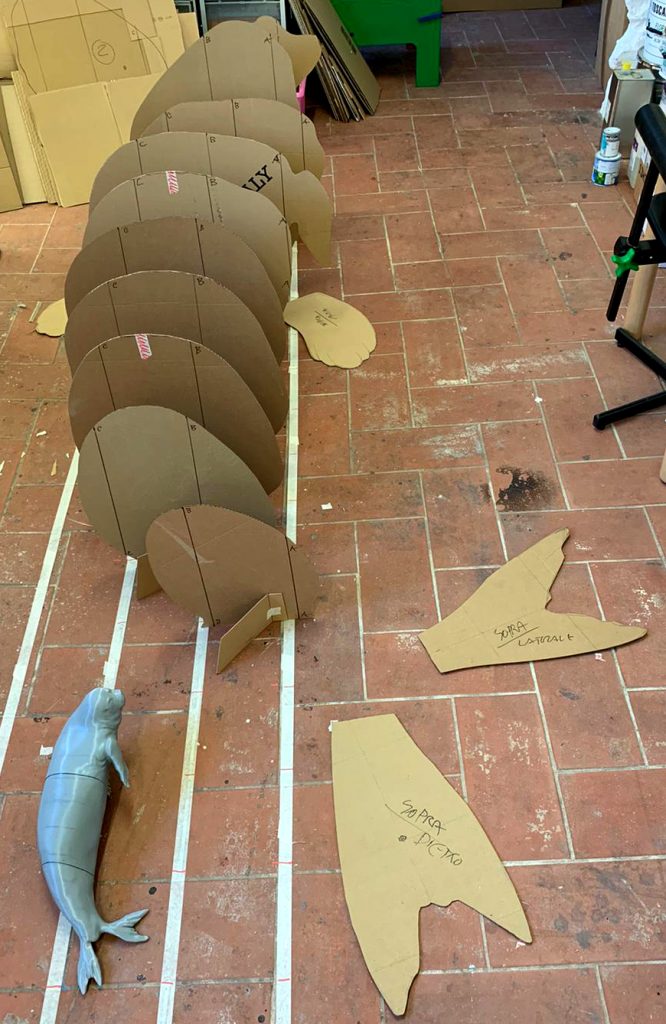
The most important piece of this puzzle, which began a few months ago and which will end at the end of May 2021, is the construction of two Collective Works of Art. They will represent two life-size Monk seals. Citizens of all ages will participate in the construction of works of art. Anyone who wants to experience the thrill of being the author of an artistic artwork will be able to do it with their own hands under the attentive gaze of two internationally renowned artists: Angela Nocentini and Edoardo Malagigi.
The making of the Works began from 2nd to 12th October at the “Messaggerie sarde” bookshop in Sassari with the construction of the supporting structure of a seal and the “skeleton” of the other, using the cardboard boxes used to carry the books of the historic Sassari bookshop. The newspaper paste with which the participants will cover the structures will simulate the seals’ skin.
The collective workshop will be held at the same bookshop from 10 to 12 April 2022 and on 14 April it will be delivered to the Marine Protected Area of Capo Carbonara in Villasimius which will exhibit it in the Museum of the Sea.
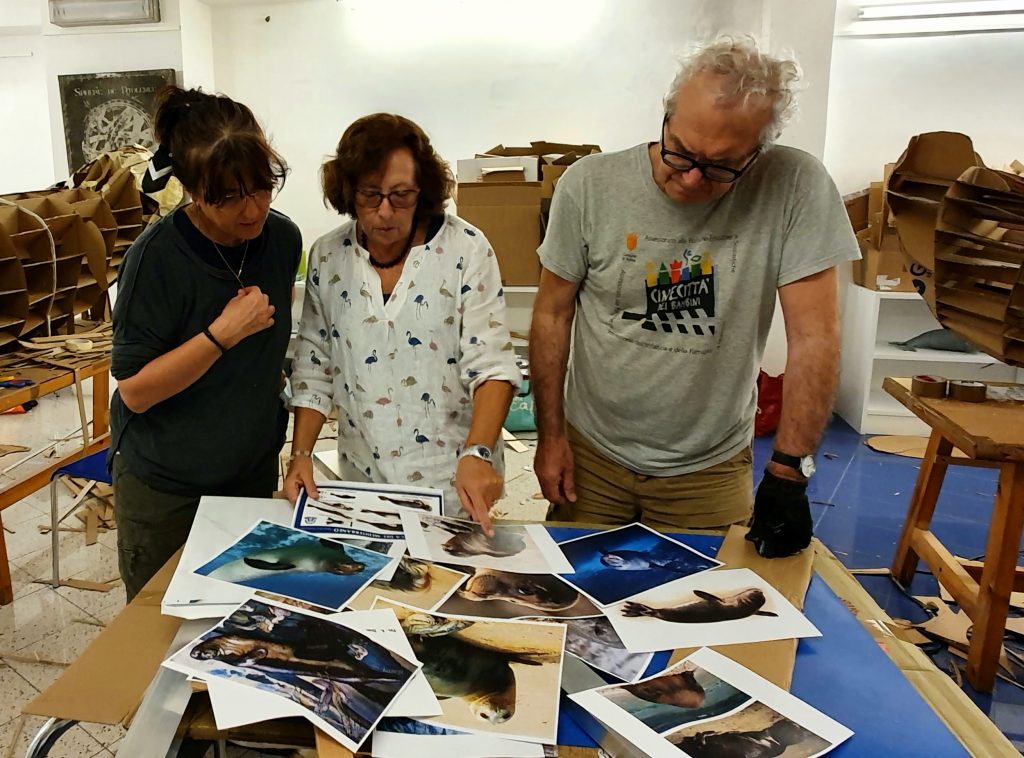
The Works are also inspired by the works of Maria Lai, the great Sardinian artist who, together with all her fellow villagers, tied all the houses of Ulassai and Ulassai itself to Monte Gedili with blue ribbons in a great act of pacification. . Our Works wish to imitate this gesture of pacification between our species and the monk seal in front of the Mediterranean, our great mother.
For those who want to learn, before getting to know them personally, news about the artists who will lead these exciting days, we leave below some entries from their long curricula chosen from among the works that seem most relevant to the work they will carry out with us.
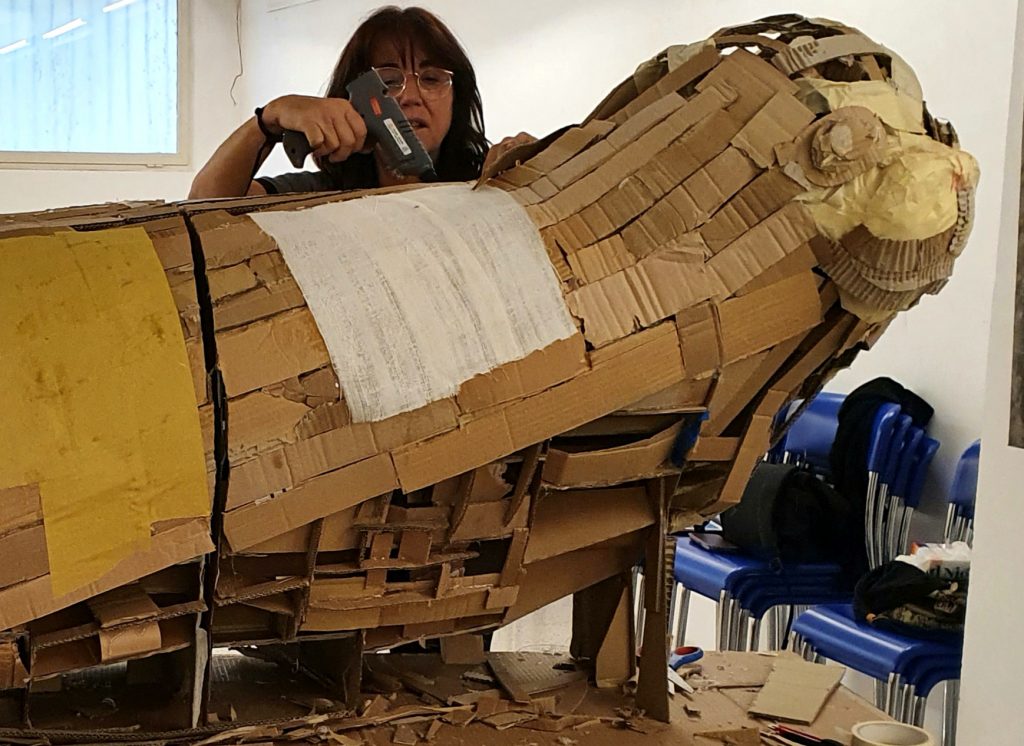
ANGELA NOCENTINI is a professor of Sculpture for scenography and Artistic Anatomy at the Accademia di Belle Arti in Florence. She started her career, in the 80s and 90s, with a long series of collaborations in the scenographic field for various Italian theaters, Florence, Rome, Venice, Bologna, Milan, Trieste and Genoa, and other installations such as cenacles and Vie Crucis for some churches in Italy and Brazil. , or like the Self-propelled sculptures for the Museum of Automata in St. Croix, Lausanne. In Florence in 2009, she coordinated a “100% antineutral” fashion show of futurist clothes in the upper room of the Academia and at the Biblioteca delle Oblate she creates a Non-fashion show. With “CARNE (MEAT): Not regular bodies” of 2009/2010 she considered the relationship between body and food, starting from the observations of the morphological changes that nourishment produces on human bodies.
She designs and carries out interventions of solidarity art for the Children in Emergency Foundation in Singureni, Romania, and Rome. She makes Eco-dresses for Walt Disney Production. She conducts educational workshops in Beijing, Belgrade, Lecce, Florence, Bucharest producing site specific events.
In 2010 she coordinates the performance Reflexology, at the Casa della Creatività and in the context of Terra Futura she leads an eco-art workshop for Legambiente.
In April of this year, she coordinates with Malagigi the “Scart” project promoted on the seventh centenary of Dante’s death which involves the students of the Academies of Fine Arts of Florence, Ravenna, and Carrara in the creation of tables of the Divine Comedy made with recycled materials.
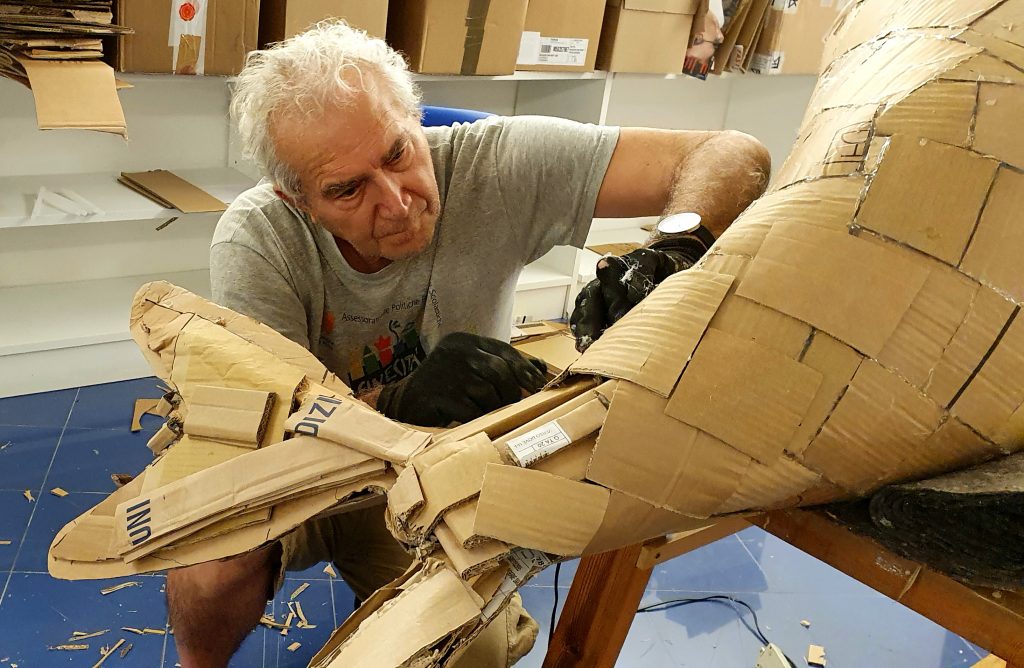
EDOARDO MALAGIGI taught for 40 years at the Academy of Fine Arts in Florence, and has long been committed to creating art installations using waste as a raw material. For years he has been working in the research and design of rehabilitating and therapeutic design environments and objects. He collaborates with non-profit organizations, such as the ATA in Amsterdam and Children in Emergency, dealing with creativity and sustainability.
He created Schillellé, a large 8-meter mullet built with waste brought from the sea, a symbol of the “Oltre la raccolta differenziata” project (Beyond recycling project), in Pula in 2009. Another experience of this kind saw him as the protagonist in 2013, in Naha, the capital of Okinawa Island in Japan. Thousands of small ocean litter were collected at the port of Naha. These were washed and then folded with the origami technique, thus becoming flowers to be placed on the outside of an eight-meter-long shape similar to the dugong, an endangered mammal, which still frequents the coasts of the island. In August 2019 he built a 12-meter-long sperm whale with used tetrapak: an artistic installation in support of the Pelagos Cetacean Sanctuary.
Credits:
Author: Anna Lacci is a scientific popularizer and expert in environmental education and sustainability and in territory teaching. She is the author of documentaries and naturalistic books, notebooks and interdisciplinary teaching aids and multimedia information materials.
Translation by Maria Antonietta Sessa

